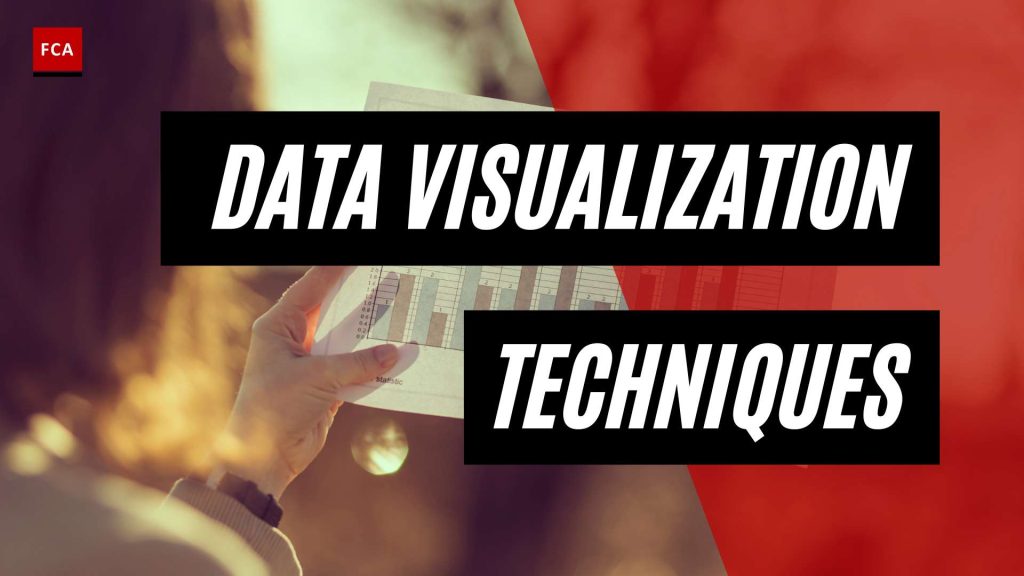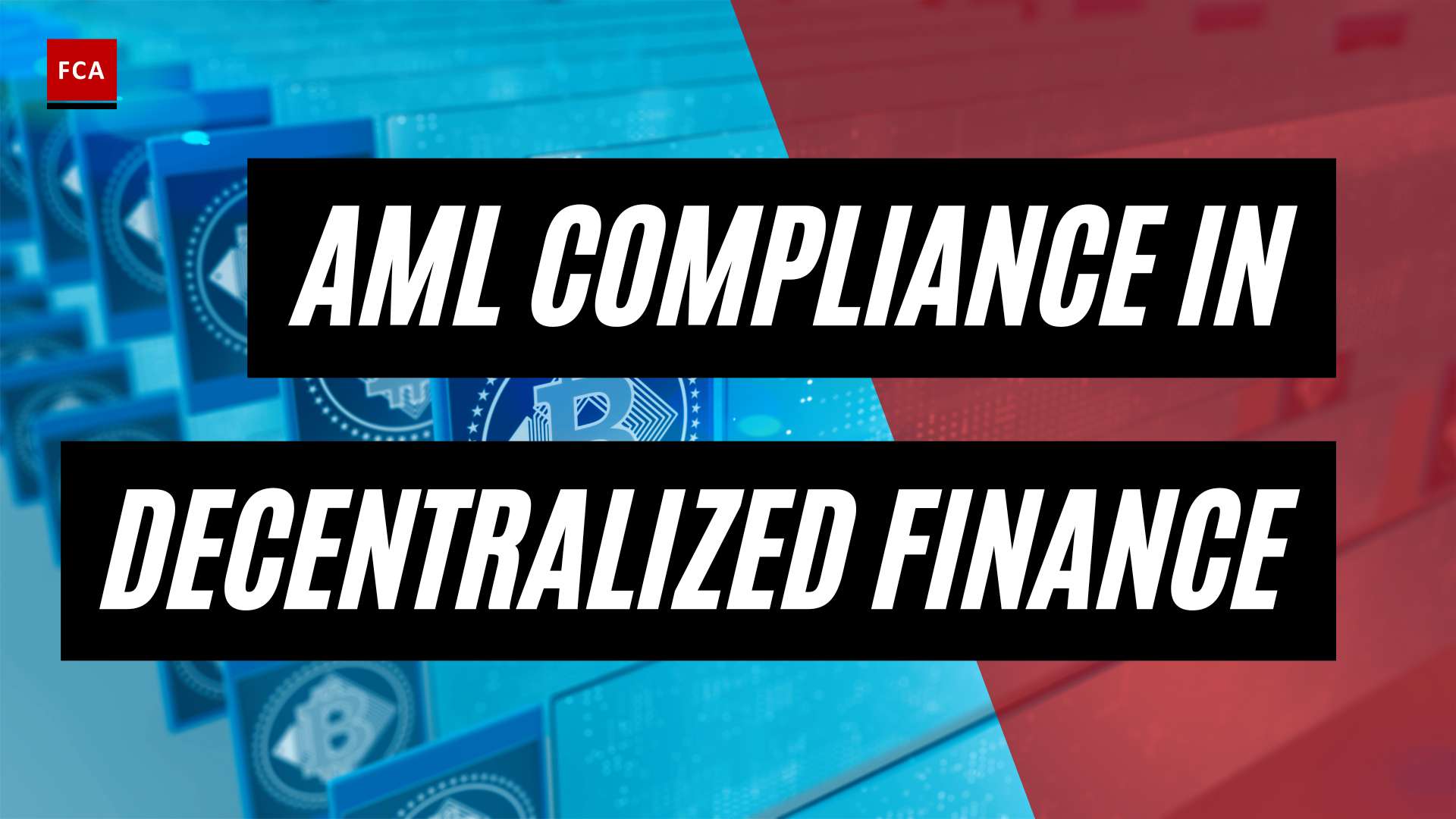Data Analysis Techniques in AML
In the field of Anti-Money Laundering (AML), effective data analysis techniques play a crucial role in detecting and preventing financial crimes. Data visualization, network analysis, and time series analysis are three key techniques that AML professionals employ to gain insights into complex financial data and identify patterns and anomalies.
Importance of Data Visualization
Data visualization techniques are essential for AML professionals to detect suspicious trends and activities (Toptal). By transforming raw data into visual representations such as charts, graphs, and interactive dashboards, analysts can more easily identify patterns, outliers, and hidden relationships within large volumes of financial transactions. These visualizations enable AML professionals to make informed decisions and take proactive measures to prevent money laundering activities.
Network Analysis for AML
Network analysis visualizations can be particularly effective for AML professionals in understanding the relationships between different entities and detecting fraudulent activities. By representing financial transactions as nodes and the connections between them as edges, network analysis allows analysts to identify complex networks involved in money laundering schemes. This technique helps uncover hidden relationships, identify key actors, and detect suspicious patterns that may otherwise go unnoticed.
Time Series Analysis in AML
Time series analysis and visualization tools are invaluable for AML experts in tracking the flow of money over time, identifying anomalies, and detecting potentially suspicious activities. By analyzing historical transactional data, time series analysis helps identify irregularities, such as sudden spikes or dips in transactional volumes, which may indicate fraudulent activities. Visualizing these patterns over time allows AML professionals to monitor financial behavior and take appropriate actions to mitigate risks.
By leveraging these data analysis techniques, AML professionals can effectively analyze vast amounts of financial data and gain meaningful insights into potential money laundering activities. It is important to note that the success of these techniques relies on utilizing appropriate AML data analysis tools and following AML data analysis best practices to ensure accuracy and reliability.
In the next sections, we will explore the various data visualization tools for AML and delve into advanced analytics techniques such as machine learning algorithms, unstructured data analysis, and transaction monitoring systems. These techniques further enhance the capabilities of AML professionals to detect and prevent financial crimes.
Data Visualization Tools for AML
In the world of Anti-Money Laundering (AML), effective data visualization is crucial for professionals working in compliance, risk management, and anti-financial crime. By employing the right data visualization tools, AML teams can transform complex financial data into meaningful insights, helping them detect and prevent money laundering activities. Let’s explore three key data visualization tools commonly used in AML: interactive dashboards, charts and graphs, and heat maps and geographic visualizations.
Interactive Dashboards
A combination of interactive dashboards, charts, and graphs is crucial for AML professionals to visualize complex financial data and make informed decisions to prevent money laundering activities. Interactive dashboards provide a comprehensive and real-time overview of key metrics, allowing AML teams to monitor and analyze large volumes of data in a user-friendly and intuitive manner. These dashboards enable analysts to drill down into specific data points, apply filters, and explore the data dynamically. By leveraging interactive dashboards, AML investigators can gain deeper insights into financial transactions and customer behavior, aiding in the identification of suspicious activities (Verafin).
Charts and Graphs
Charts and graphs are powerful tools for visualizing AML data and conveying information concisely. They enable AML professionals to present complex data in a clear and digestible format, allowing for easier identification of patterns, trends, and anomalies. Common types of charts and graphs used in AML include bar charts, line graphs, scatter plots, and pie charts. These visual representations facilitate the analysis of transactional data, customer profiles, and risk indicators. By leveraging charts and graphs, AML professionals can quickly grasp the key insights from the data, aiding in risk assessment and decision-making.
Heat Maps and Geographic Visualizations
Heat maps and geographic visualizations are valuable tools for analyzing and presenting geospatial AML data. By mapping financial transactions, customer locations, and other relevant data onto geographical representations, AML professionals can identify patterns and hotspots of suspicious activities. Heat maps provide a visual depiction of the density or intensity of particular data points, such as high-risk regions or unusual transaction volumes. Geographic visualizations offer a spatial context that aids in identifying connections and relationships between entities, locations, and transactions. These visualizations enhance the understanding of money flows, identify potential money laundering networks, and enable targeted investigations in specific geographic areas.
By leveraging interactive dashboards, charts and graphs, and heat maps and geographic visualizations, AML professionals can gain valuable insights from complex financial data. These tools enable efficient detection of patterns and anomalies, enhanced risk assessment, and improved decision-making. It’s important to note that the effectiveness of data visualization in AML depends not only on the tools used but also on the quality and accuracy of the underlying data. AML professionals should ensure data integrity and employ best practices in data analysis to maximize the benefits of data visualization in their efforts to combat money laundering and financial crime.
Benefits of Data Visualization in AML
Data visualization plays a crucial role in Anti-Money Laundering (AML) efforts, providing numerous benefits for compliance professionals and investigators. By utilizing interactive dashboards and visual representations of data, analysts can efficiently detect patterns and anomalies, enhance risk assessment, and make improved decisions.
Efficient Detection of Patterns and Anomalies
AML data visualization techniques aid analysts and investigators in identifying complex relationships, visualizing fund flows, and improving situational awareness. By presenting data in a visual format, patterns and anomalies that might otherwise go unnoticed can be easily identified and investigated. Interactive dashboards and charts allow for the exploration of transactional data, enabling analysts to detect suspicious behaviors and financial crimes more effectively. Visual analytics techniques, such as graph visualization, are particularly useful in representing complex financial networks and relationships between entities, facilitating the detection of patterns and anomalies.
Enhanced Risk Assessment
Data visualization tools provide real-time monitoring capabilities, enabling analysts to explore transactional data and detect potentially fraudulent behavior. By visualizing fund flows and identifying relationships between entities, analysts can gain a deeper understanding of the inherent risks associated with specific transactions or entities. This enhanced risk assessment allows for more targeted investigations and the adoption of proactive measures to mitigate potential threats. Combining advanced data analytics and machine learning techniques with interactive visualization tools further enhances risk assessment by automating certain tasks, detecting suspicious patterns, and providing valuable insights to aid in decision-making processes.
Improved Decision-Making
Data visualization empowers compliance professionals and investigators to make more informed decisions. By presenting complex data in a visual and interactive manner, analysts can quickly identify key insights and trends. This visual understanding of the data enables more effective decision-making, allowing for timely actions to be taken to mitigate risks and address potential money laundering activities. The combination of machine learning algorithms with interactive visualization tools further enhances decision-making processes by automating certain tasks and providing actionable insights (ScienceDirect). With the ability to identify segments and clusters of customer data more efficiently, compliance teams can optimize transaction monitoring systems and reduce false positive alerts, allowing them to focus on reviewing alerts that are more likely to represent truly suspicious activity.
By leveraging data visualization techniques in AML, compliance professionals can efficiently detect patterns and anomalies, enhance risk assessment, and make improved decisions. These benefits contribute to more effective and proactive AML efforts, ultimately strengthening the financial crime prevention program and protecting against money laundering and financial crimes.
Advanced Analytics Techniques for AML
In the realm of Anti-Money Laundering (AML), advanced analytics techniques play a crucial role in identifying and preventing financial crimes. By harnessing the power of data analysis, AML professionals can leverage machine learning algorithms, unstructured data analysis, and transaction monitoring systems to enhance their efforts in combating money laundering activities.
Machine Learning Algorithms
Machine learning algorithms have revolutionized the field of AML by enabling the analysis of large volumes of data in real-time to identify complex patterns and generate alerts for further investigation. This technology significantly enhances the detection of money laundering activities. By leveraging artificial intelligence and data mining techniques, machine learning algorithms can detect unusual or suspicious customer activities that may indicate potential money laundering activities.
One of the key advantages of machine learning algorithms is their ability to continuously learn and adapt to new patterns and trends. This adaptability allows financial institutions to stay ahead of evolving money laundering techniques. By automating the detection process, machine learning algorithms reduce the manual workload on AML professionals, enabling them to focus their efforts on investigating alerts that are more likely to represent truly suspicious activity.
Unstructured Data Analysis
Unstructured data analysis techniques are instrumental in extracting valuable insights from various forms of unstructured data, such as emails or social media posts. Advanced natural language processing and text analytics tools enable AML professionals to gain a comprehensive view of potential money laundering activities. By analyzing unstructured data, financial institutions can uncover hidden connections and identify suspicious behavior that may not be apparent through traditional data analysis methods (LinkedIn).
Unstructured data analysis enables AML professionals to understand the context behind transactions and communications, providing a more holistic view of potential risks. This deeper level of analysis can aid in the identification of patterns and anomalies that warrant further investigation for potential money laundering activities.
Transaction Monitoring Systems
Transaction Monitoring Systems (TMS) are essential tools in detecting and preventing money laundering. These systems utilize algorithms and rules-based approaches to flag suspicious transactions in financial institutions. By analyzing transaction patterns and characteristics, TMS can identify activities such as structuring, layering, or sudden changes in transaction behavior that may indicate potential money laundering activities.
TMS allows AML professionals to apply a risk-based approach to their efforts by assigning risk ratings to customer data and applying appropriate levels of scrutiny based on risk profiles. This approach ensures that higher-risk money laundering activities receive the necessary attention while optimizing resource allocation and mitigating false positive alerts.
By leveraging machine learning algorithms, unstructured data analysis techniques, and transaction monitoring systems, AML professionals can enhance their detection capabilities, improve risk assessment, and make more informed decisions in the fight against money laundering. These advanced analytics techniques enable financial institutions to stay one step ahead of sophisticated money laundering schemes and strengthen their financial crime prevention programs.
Utilizing Visualization for AML Investigations
In the realm of Anti-Money Laundering (AML), visualization techniques play a vital role in uncovering complex financial relationships, identifying patterns, and detecting potential illicit activities. AML investigators leverage various visualization methods to analyze vast amounts of data efficiently and gain valuable insights. This section explores three key visualization techniques used in AML investigations: graph visualization, social network analysis, and link analysis with clustering algorithms.
Graph Visualization
Graph visualization is a powerful technique that helps AML professionals understand the intricate relationships between different entities involved in financial transactions. By representing these relationships as nodes (entities) and edges (connections), investigators can visually explore the flow of funds and identify suspicious activities. This visualization method allows for the detection of hidden connections, patterns, and anomalies that might not be apparent in traditional data analysis.
With the aid of graph visualization, AML investigators can uncover complex money laundering schemes, track the movement of funds, and identify high-risk entities. By highlighting key nodes and edges, investigators can focus their efforts on entities that exhibit abnormal behavior or have connections to known illicit activities. This targeted approach streamlines investigations and enables more effective risk assessments.
Social Network Analysis
Social network analysis (SNA) is another valuable technique utilized in AML investigations. It involves analyzing and visualizing the relationships between individuals or entities within a network. By understanding the connections and interactions between different actors, AML professionals can identify potential money laundering schemes, detect criminal networks, and pinpoint high-risk individuals.
SNA visualizations provide a graphical representation of the network, allowing investigators to identify central figures, influential nodes, and clusters of related entities. By examining the structure of the network, investigators can identify suspicious patterns, such as entities with multiple connections or unexpected relationships. This analysis enables AML professionals to focus their attention on critical nodes and take appropriate action.
Link Analysis and Clustering Algorithms
Link analysis, combined with clustering algorithms, is a powerful technique used to identify patterns and detect unusual activities in AML investigations. Link analysis involves visualizing the connections between entities and their transactions. By examining the links and patterns within the data, investigators can identify potential money laundering activities and track the flow of funds.
Clustering algorithms further enhance the analysis by grouping similar entities or transactions based on various attributes, such as transaction patterns, geographical proximity, or shared characteristics. This enables investigators to identify clusters of suspicious activities or entities that might be involved in illicit financial transactions. The use of clustering algorithms helps AML professionals in prioritizing investigations and efficiently allocating resources.
By leveraging graph visualization, social network analysis, and link analysis with clustering algorithms, AML investigators can gain valuable insights into complex financial relationships and identify potential money laundering activities. These visualization techniques enable investigators to make informed decisions, detect patterns, and collaborate effectively to combat financial crimes. To explore more about data analysis techniques in AML, refer to our article on aml data analysis tools.









